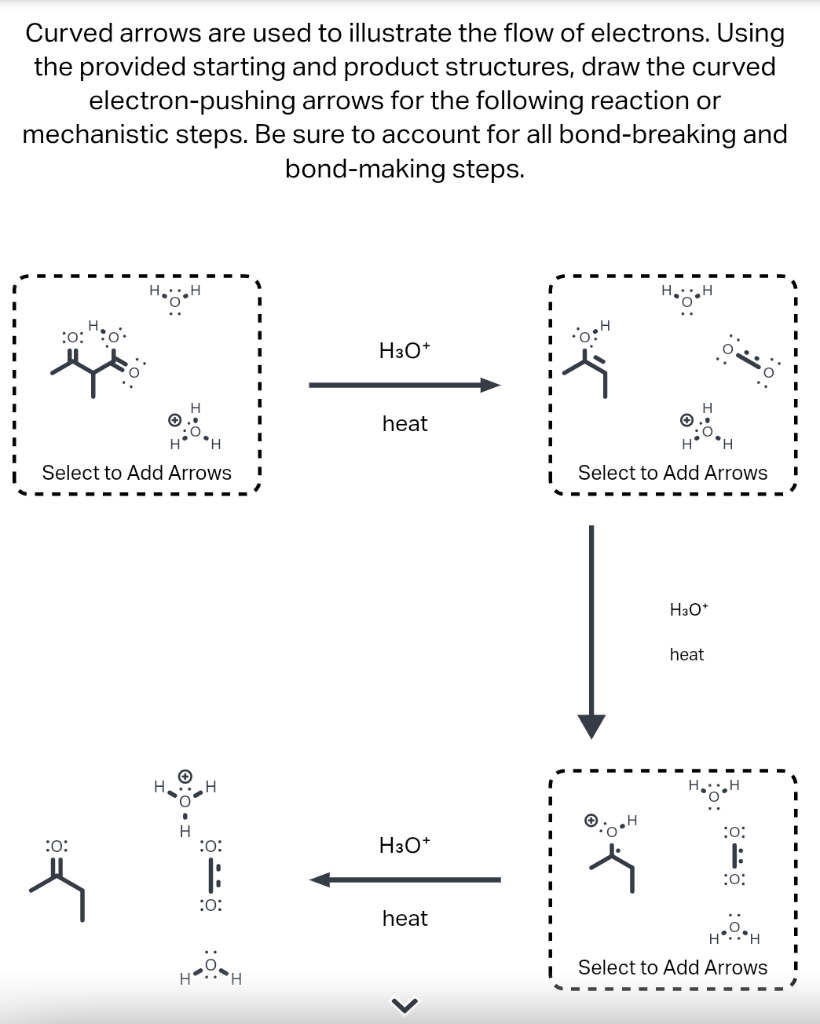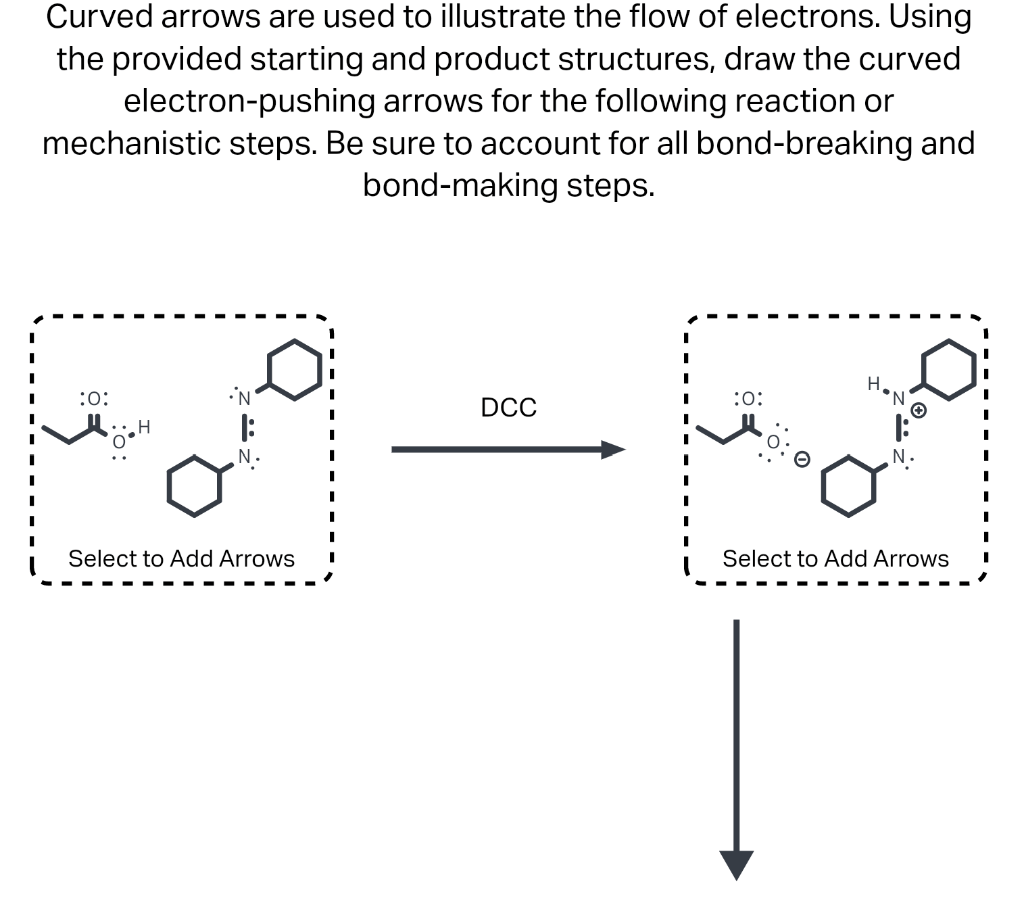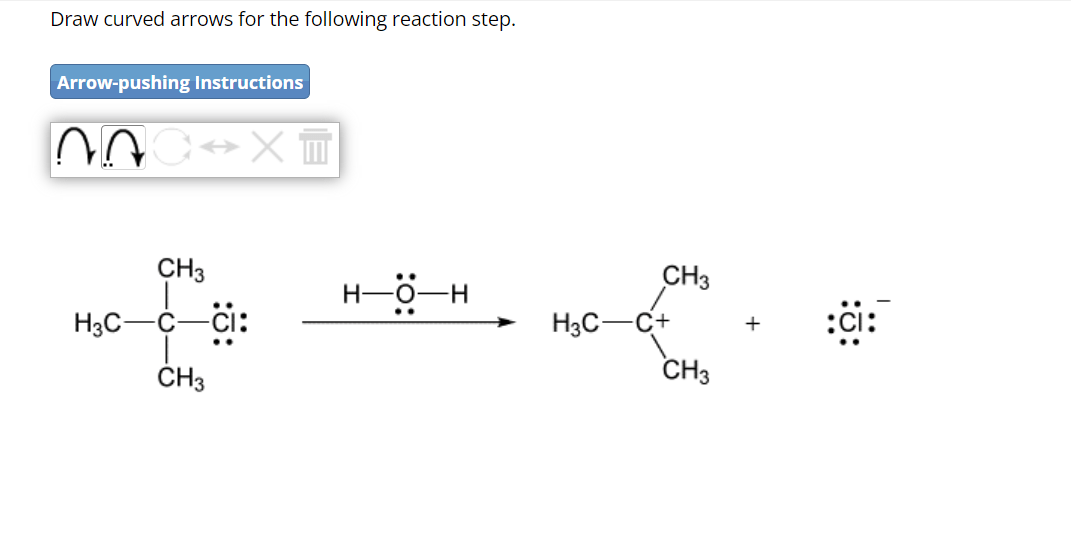Draw Curved Arrows For The Following Reaction Step. - Since we are dealing with an s n 1 reaction process, the. Web the curved arrows we draw must account for all of these bonding changes. Web here’s the best way to solve it. Identify the nucleophile and the electrophilic center where the nucleophile will attack. Web add curved arrows to the following polar reaction to show the flow of electrons: Web add curved arrows to the following polar reaction to show the flow of electrons: Web when asked to draw a mechanism, curved arrows should be used to show all the bonding changes that occur. Strategy look at the reaction, and identify. Strategy look at the reaction, and identify.
Web add curved arrows to the following polar reaction to show the flow of electrons: Since we are dealing with an s n 1 reaction process, the. Strategy look at the reaction, and identify. Web the curved arrows we draw must account for all of these bonding changes. Web here’s the best way to solve it. Strategy look at the reaction, and identify. Web when asked to draw a mechanism, curved arrows should be used to show all the bonding changes that occur. Identify the nucleophile and the electrophilic center where the nucleophile will attack. Web add curved arrows to the following polar reaction to show the flow of electrons:







